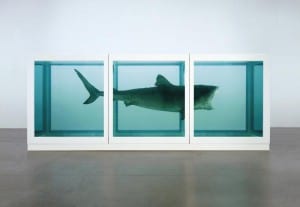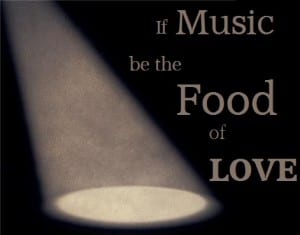Art? Is That You?
Although a dictionary is maybe not that best place to start when trying to define something so subjective, it does provide a good starting point and something to work from. The Oxford English Dictionary defines art as:
the expression or application of human creative skill and imagination, typically in a visual form such as painting or sculpture, producing beauty of emotional power.
Traditional Theatre along with other forms such as physical theatre, can obviously be classified as art as they are an amalgamation of all the criteria stated above. There are countless other things can be classed as arts like paintings, sculpture, dance, drawings, films and even buildings as they too coincide with the definition. So that in order to discover “What is Art?”, we must first find out “What is NOT Art?”.
Leo Tolstoy suggests ‘Every work of art causes the receiver to enter into a certain kind of relationship both with him who produced, or is producing, the art, and with all those who, simultaneously, previously, or subsequently, receive the same artistic impression’ (Camp, 2006). Many argue that art has to have a purpose or an intention. The more abstract pieces of art are able to be classified as art due to the intention behind the piece.
Damien Hurst is a prime example. In 1991 he produced The Physical Impossibility of Death in the Mind of Someone Living, which was a shark in a box filled with formaldehyde. A cynical look at it may be “its just a dead shark in a tank” but the title clearly offers more that there is more to it than its physical attributes. I Believe that art should visually be quality as technique is something that can be universally recognised as oppose to taste. Or is their is no skill, such as painting, sculpting or acting, obviously shown, like in this case of Hurst’s piece, it must be psychologically stimulating. If an artist has an intention then an onlooker will find one, whether or not they are the same.

Taken from: http://www.damienhirst.com/the-physical-impossibility-of
But What is an Artist?
Referring back to the dictionary, an artist is:
A person who practices or performs any of the creative arts, such as a sculptor, film-maker, actor, or dancer.
None of which particularly apply to, self proclaimed artist, Matt Chewiwie:
https://www.youtube.com/watch?v=4yJPZfFOrsc
Despite this, in his statements he defines the criteria that enables him to call himself an artist. Taking that entertainment is subjective and cannot be proven, what Chewiwie produces coincides with what he claims his art is. Then he must be an artist, even if only by his own perception. But maybe this is where being an artist comes from. When you give yourself permission to think of yourself as an artist, then you become one and ultimately what you produce must be art.
Works Cited
Camp, J. (2006) “What is Art” By Leo Tolstoy. [online] California: California State University. Available from: http://www.csulb.edu/~jvancamp/361r14.html [accessed March 23 2014].

